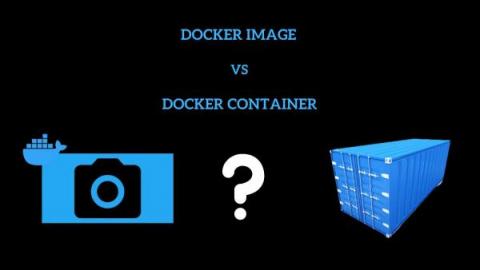Operations | Monitoring | ITSM | DevOps | Cloud
CI CD
The latest News and Information on Continuous Integration and Development, and related technologies.
Canary vs blue-green deployment to reduce enterprise downtime
Even before the cloud, no one liked deployment downtime. With applications hosted in traditional data centers that restricted access for local users, many organizations scheduled deployments when users were less likely to be using the applications, like the middle of the night. With widespread adoption of cloud-based, 24x7 environments available from all time zones, every hour of the day, easy-to-find deployment windows are gone.
DevOps top programming languages support engineering metrics goals
This post, authored by CircleCI Senior Technical Content Marketing Manager Jacob Schmitt, was originally published on The New Stack. One of the privileges of working in the continuous integration space is the unique perspective it offers into how software teams organize their work to deliver value quickly without sacrificing quality, security, or developer happiness. At CircleCI, we support more than 2 million developers running 90 million build, test, and deploy jobs each month.
Experimenting our way to success ft. Aniel Sud, CTO of Optimizely
Difference between Docker Image & Docker Container
A Docker image is a combination of instructions and for creating a docker container a instruction is used to execute code in a Docker container. Docker images work as a set of instructions to build and run a Docker container, as a template. Docker images also perform as the initial point when using Docker. A Docker image contains read-only files. when a docker image is created it can not be changed and modified, insert template that has instructions for deploying containers.
Automate testing for a Vue.js application
One of the leading frameworks in the JavaScript community, Vue.js is a progressive framework for building reusable components for the web user interface. Its intuitive API and robust flexibility for handling front-end logic are just two of the reasons that Vue has been adopted by developers worldwide. In this tutorial, I will lead you through building a simple listing application that shows the names and roles of users. I will show you how to write tests for the application.
Jenkins vs. Jenkins X: Which Automation Server Should You Choose?
Speed Up Distribution by Monitoring Change Events with JFrog and PagerDuty
Speed Up Distribution by Monitoring Change Events with
JFrog and PagerDuty - https://jfrog.com/
Learn about incident management: https://bit.ly/376J9V7
Subscribe to PagerDuty's channel: https://bit.ly/3BNQYNS











